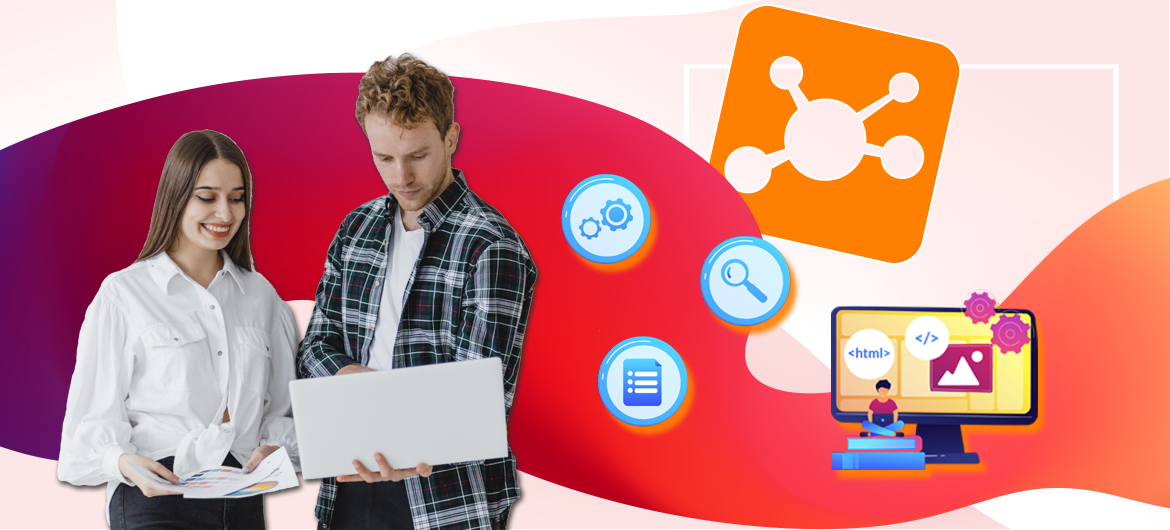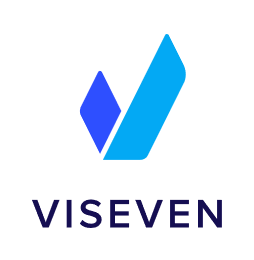
E-learning 2023 with life hacks. How to quickly launch a learning portal
You’ve decided to implement online learning and have already chosen the perfect LMS for you, but you don’t know where to start to launch your learning portal quickly and efficiently?
In this article, we have prepared useful recommendations for you to help you set up a learning portal and motivate your employees to start their online training. 7 points that will help you focus on what really matters.
How to launch a learning portal: tips from LMS Collaborator
1. Customize the visual design
Before launching a learning portal, it is important to customize its appearance. Pay attention to the visual design, add corporate colors, and upload a logo. This will help strengthen the audience’s connection with the company’s brand and values.
Before:

After:

If you have a corporate mascot, make it part of your learning portal. Let it become a guide for your employees to the world of e-learning. This will take brand communication to a new level and increase interest in learning.
2. Customizing the home page and info block
The first thing employees see when they enter the learning portal is its home page. Make it as user-friendly and informative as possible. Let it become another channel for communication with your employees. Use news and notifications to share important events in the company’s life and announce upcoming events.

In addition to publishing corporate news, we recommend that you also share information that will be useful in your work and learning. Create thematic collections and regularly update them with new content. For example, a list of new books, articles, TED videos, interesting interviews, forecasts, tips, etc.
Before:

After:

Your employees will definitely like it! They will regularly visit the portal not only to take a mandatory course, but also to read something interesting.
Pay attention to the info block of the home page. Here you can add buttons-links to important sections of the portal. For example, to the corporate wiki, organizational structure, main resources of the Knowledge Base, forum, chat, etc. This will make it easier to navigate and help save time searching for the required section or information.

You can use all these tools in LMS Collaborator. Submit your application and try the benefits of LMS Collaborator in practice.
3. Setting up internal technical support
The first experience of employees with a learning portal is not easy. If employees have never worked with such systems, the first attempts at use may raise questions. Any new program is unaccustomed and requires learning, no matter how convenient and modern it is.
The creation of learning courses, instructions, and help on how to work with the system, as well as active communication with internal technical support, will help to facilitate the experience of using the portal.

Add contacts and channels of communication with internal technical support to the portal login page or the home page. If employees have any questions about working with the system, they will know who to contact and get a prompt response.
4. Setting up user import and synchronization
There are several ways to add users to the learning portal. It can be manual registration or importing via a CSV file. We recommend integrating the learning portal with your HRM system. This will help you quickly import employees and information about them. When data changes in the HRM system, they will automatically be updated in the learning portal. In a single space, you will be able to maintain a database of employees, automatically synchronize information about them, track the passage of probationary periods and tasks, etc.
LMS Collaborator supports integration with HRM systems People Force and HURMA. You can automatically update employee information from these systems and manage their learning on the portal.
5. Setting up automatic authorization (SSO/Oauth)
We recommend setting up SSO (Single sign-on) on the learning portal, which is a single sign-on technology. This will help link all employee work accounts in corporate systems and simplify authorization. When employees log in to any corporate system, they will not need to re-authenticate when moving to another one. Their credentials are saved and they get access to all the services available to them.

6. Filling the Knowledge Base and creating learning content
When employees log in to the portal, it’s important that they already have some training available to them. Blank pages will only scare them away and ruin their impression. Since it takes a lot of time to develop training content, we recommend creating a short introductory training when an employee is familiarizing themselves with the portal. For example, an introduction to the system and its functions. And also to minimally fill the Knowledge Base with useful materials that employees can familiarize themselves with in parallel while completing learning on the portal.

To keep employees interested in learning, gradually fill the portal with new activities and materials. Make sure that the information in the Knowledge Base is up-to-date, and supplement and update it as needed.
7. Internal PR for learning
Before launching the training, it is important to organize an internal PR campaign. Notify employees about the launch of the learning portal and organize basic training for them. Use various marketing tools to arouse their interest and motivate them to learn on the portal. Popularize the idea of learning in the company. Hold themed events, use newsletters, corporate social networks to advertise training. Involve top management and supervisors in this process – people who have high authority among employees. They will be great ambassadors of training and will show by their own example that training is interesting and cool.
Conclusion
Setting up a learning portal isn’t as easy as it seems at first glance. But by following simple guidelines, you can make it easier and create the perfect learning environment for your employees.
- Design your portal in accordance with your corporate style – this will help strengthen the connection between your audience and your brand.
- Make the portal as informative and useful as possible, regularly add new materials and keep them up to date.
- Use SSO technology for easy authorization. Also, make sure that the learning portal supports integration with your HR system. This will facilitate the process of importing users.
- To prepare employees to work with the portal, conduct a short introductory training and provide them with the necessary contacts and channels of communication with technical support.
- Internal PR will help you engage your employees and motivate them to start learning faster.
Organize employee training on the basis of LMS Collaborator. Submit a request, and our managers will help you with the choice of tools and demonstrate all the features of the platform.



































